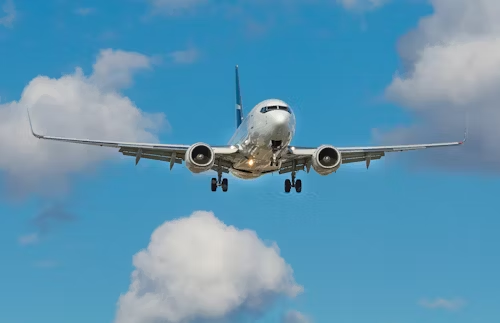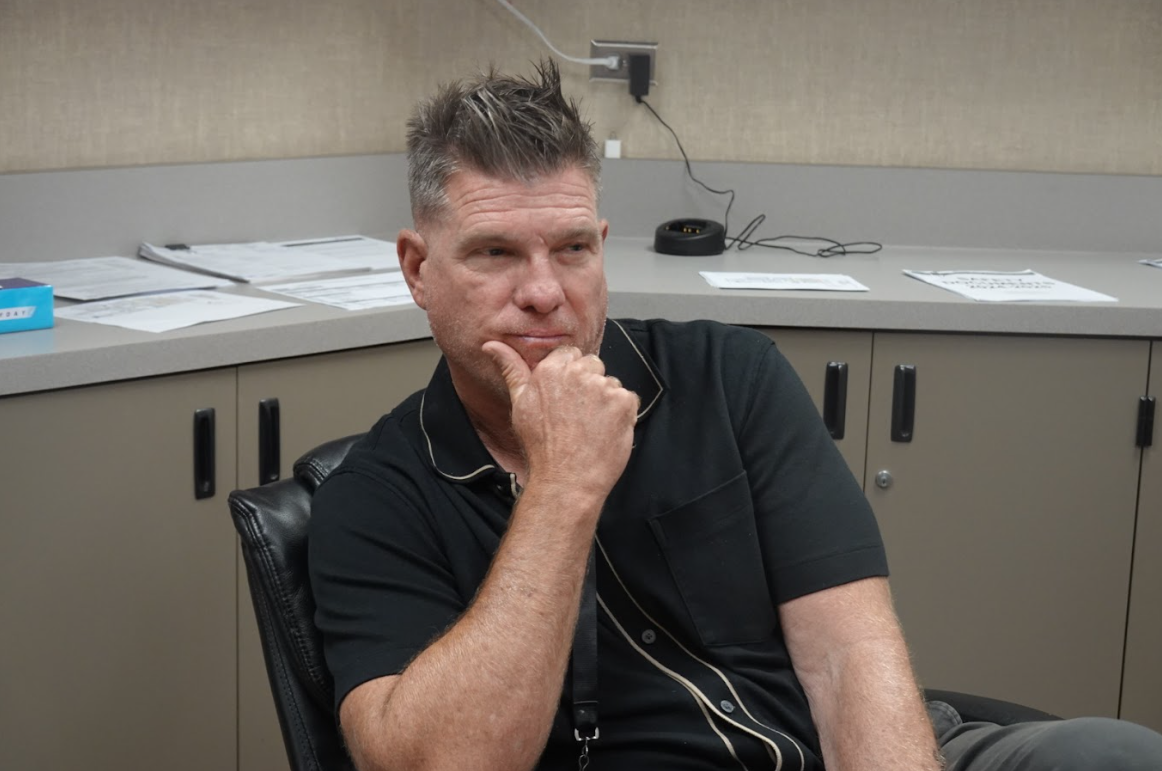On Jan. 29, an Army Black Hawk helicopter flying too high crashed into a PSA Airlines CRJ700 airliner, killing 67 in Washington D.C.
The crash occurred around 9 p.m. on Wednesday and is considered to be the deadliest U.S. air disaster since 2001.
The National Transportation Safety Board found that the Black Hawk was 100 feet higher than the 200-foot ceiling for helicopters flying in the National Capital Region.
The NTSB shared, “The aircraft systems group continues to review maintenance paperwork for the CRJ700 and the helicopter airworthiness group continues to review maintenance records for the Black Hawk.”
Wreckage from the passenger plane is still being recovered from the Potomac River, over which the crash occurred.
The regional jet coming from Kansas carried 60 passengers and four crew members and was preparing to land. Meanwhile, the Black Hawk was on a training exercise and carried three soldiers, according to the Federal Aviation Administration. Less than 30 seconds before the collision, a controller asked the helicopter if it had the plane in sight, to which the military pilot said yes. Moments later, the controller called the helicopter, telling it to wait for the jet to pass. There was no response and the two aircrafts collided.
“Our hearts are with the victims’ families as they navigate this tragic loss,” officials said in a joint statement announcing the recovery of all the victims’ remains. It was issued by the city and federal agencies involved, including the U.S. Army Corps of Engineers, Navy dive teams and Washington police and fire crews.
The passengers on the plane included the members of the Skating Club of Boston who were returning from a development camp that followed the 2025 U.S. Figure Skating Championships. The victims also included a group of hunters returning from a guided trip in Kansas, four members of a steamfitters’ local union in suburban Maryland, nine students and parents from Fairfax County, Virginia, schools and two Chinese nationals.
Army Aviation Chief of Staff Jonathan Koziol said the helicopter crew was “very experienced” and familiar with the congested flying around Washington.
President Donald Trump has publicly faulted helicopters for flying at an altitude that is too high. He also said federal diversity and inclusion efforts — particularly regarding air traffic controllers — were somehow to blame. When reporters in the White House briefing room repeatedly pressed on it, the president could not back up those claims.
The NTSB in recent days has interviewed five workers who were in the control tower when the two aircraft collided Wednesday night. Investigators were developing a detailed crash timeline, compiling flight data and communications between the helicopter, the passenger jet and air traffic controllers.
Hundreds of personnel involved in the large recovery effort are battling difficult conditions. The icy Potomac River is murky and remains at near-freezing temperatures, according to data from the National Weather Service. The Washington Fire Chief, John Donnelly, even reported that a diver with the city’s police department was taken to a local hospital in what he claimed to be a “hypothermia situation.”



